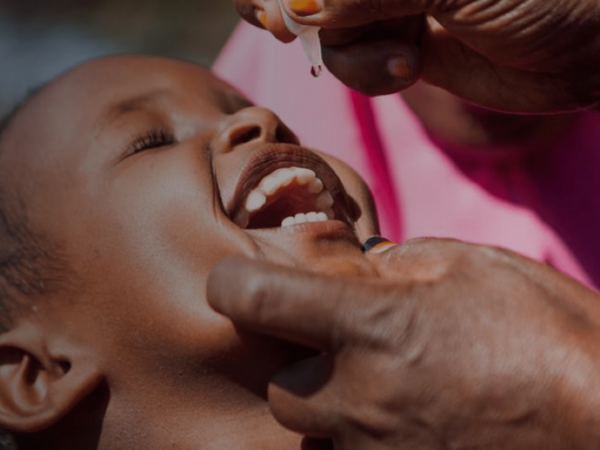There are two primary categories where vaccination compliance breaks down. The first is situational, meaning there is an externalized challenge to overcome, such as lack of awareness, or a complicated security environment. The second is attitudinal, when challenge is internalized on the part of the caregiver, and requires a nuanced approach to motivate behavior.
Situational Barriers
Situational barriers can often be addressed by exposing the audience to the right information through mass communications and Interpersonal Communication (IPC) efforts. It may simply come down to increasing awareness, improving campaign quality or advocating for access. Please visit the Tools section for campaigns and immediate response creative examples that can be adapted to the cultural and social specifics of your target audience.
Awareness
Establishing general, universal awareness of the outbreak and the risk it comprises to children is the first barrier that must be overcome in any scenario. Ideally, this will be accomplished in advance of vaccination campaigns. For the segment of the population that already supports vaccination in general, awareness may be the only necessary barrier to address. Consider the following awareness variables when developing communications:
-
Awareness and understanding of the disease and ability to name/identify symptoms
-
Awareness that there is no cure
-
Awareness of the presence of an outbreak, and the heightened risk to children in the area
-
Awareness of the vaccine, and the need for multiple doses for full protection if taking drops
-
Awareness of the campaign, and when the health workers will be visiting homes
-
Awareness of herd immunity (where a critical portion of the community is immunized and immunity is high, providing indirect protection to those who are not) and the impact that individual decisions to vaccinate have on the health of the entire community's children
Access
Access issues have multiple possible causes that can be addressed through a combination of mass media campaigns, advocacy and IPC communications.
Absence
Absence of children is often addressed through a follow-up visit, but persistent absences can become a significant problem in communities, especially when caregivers are not made aware of the impending campaigns in advance. Communication can play a role here in encouraging families to ensure children are home during campaign days, for example.
Mobile Populations
Can also present access issues that must be addressed through tactics specific to a mobile audience. The section on Audience Analysis can provide more information for reaching mobile populations.
Attitudinal Barriers
Attitudinal barriers primarily apply to rejecters. These barriers stem from a rejecters mindset to:
-
Doubt the safety, efficacy, and necessity of the polio vaccination
-
Assume that others in the community are anti-vaccination
-
Doubt the credibility and motive of health workers
These barriers are often fueled by individual and collective perceptions of community norms. Therefore, communications addressing attitudinal barriers need to alter the audience's negative perception around polio vaccination.
Attitudinal barriers may also stem from campaign fatigue. As campaigns progress, fatigue from repeated vaccinations becomes an increasingly likely cause of refusals, especially after the third or fourth vaccination round. The necessity of repeated vaccinations may not be apparent, especially if the outbreak is waning. To address this, the importance of communal vigilance should be stressed, with the need to protect all children continuously until the region is polio free.
Overcoming barriers may also require gently navigating diplomatic relations depending on the circumstance of the unreached population. Thoughtful diplomacy and establishing mutually trustworthy relationships can be crucial in times like these. These situations are often handled on a case-by-case basis, and more information can be provided should a difficult scenario present itself.
Learn more
Explore the other two learning modules in this 3-step tutorial to design evidence-driven communication strategies to help vaccinate every child.
Integrate communications tactics and understand their strengths and weaknesses, then evaluate performance.
You cannot do everything and your ability to prioritize your interventions and target behaviours is paramount. One simple way to do this is to evaluate importance of the behavior and its changeability.



